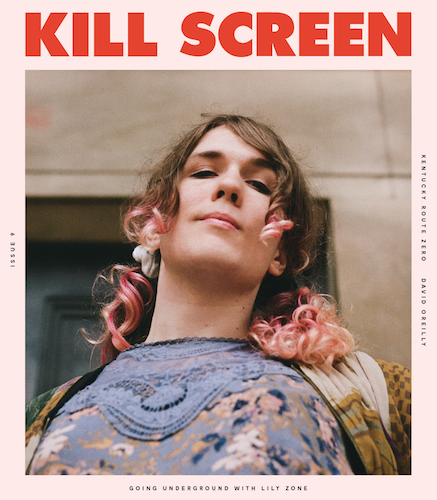
Riot Games’ League of Legends has never shied away from blatant artistic references. In fact, over its illustrious history, the game has practically gone out of its way to shun the concept of persistent internal lore in favor of license to put whatever the hell they want into the game. Part of this is a monetization strategy: Since League has a global audience, and because skin sales make up a good portion of Riot’s revenue figures, it’s in the company’s best interest to cater to as many audiences as possible.
In the past, we’ve seen the all kinds of pop culture sticking points represented, from J-pop-esque mage assassins, to mecha-influenced robot warriors and even Willy Wonka-inspired oompa loompa skins. And while there are cases where a bundle of skins will all revolve around one central idea—see the PROJECT skins, the Pool Party skins, and the Blood Moon skins, for example—no series of character skins has seemed to boast quite the level of loving weaboo-friendliness as the recently-released Star Guardians series. Check out animated music video for the skin series below, which looks like it could have been produced by a major Japanese studio:
If any of these shots—e.g. the delicate arm extended to a friend in desperation, the image of two girls staring up at the stars, the bodies falling slowly through the earth’s atmosphere—ring any bells, it’s because the Star Guardian skins derive clear influence from a particular brand of Japanese anime called mahou shoujo, or “magical girl” shows. Originating with the 1953 manga Princess Knight and immortalized in the ‘90s television show Sailor Moon, mahou shoujo media typically depict teams of young, powerful magical girls who, through the power of friendship and love and color and light, save the world and (sometimes) meet some cute boys in the process. The genre is generally recognizable for its kawaii character designs and candy-coated color palettes, although a wide range of series including Puella Magi Madoka Magica (2011) subvert elements of the trope to surprising effect.
The five League champions receiving the Star Guardian treatment are Jinx, Poppy, Janna, Lux, and Lulu. Each has been color-coded and decked out in glittery star accents, all boasting that perfect mahou shoujo balance between youthful innocence and raw power. While none of the characters’ original storylines have anything to do with anime or star-guarding or hanging out with each other in any capacity, Riot has created a special alternate universe setup for this skin series, complete with internal storylines, character voice lines and effects, “Which Character Are You?” quizzes, and even a fancy trailer of the skins in action that makes them look really snazzy in the context of Summoner’s Rift.
The cumulative effect of new skins like these is that they a) make Riot a ton of cash while b) relinquishing almost no control over League’s artistic balance on a game-to-game basis and c) making the game feel more welcoming to newcomers, at least from a visual standpoint. Because really, a lot of the time all it takes to get someone to try out a free game like League is one or two artistic nods toward something that they might already recognize and love from somewhere else in their media ecosystem. Don’t think it’ll stop with anime: as Riot continues to expand its aesthetic hegemony into more and more territories of pop culture, you can expect them to slowly suck up players from whatever niches might be waiting in the wings.
///















